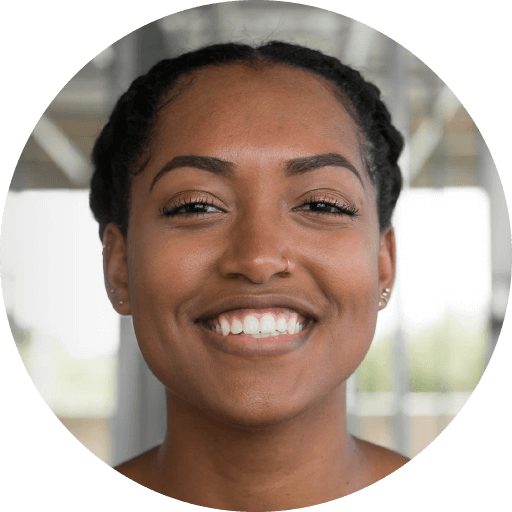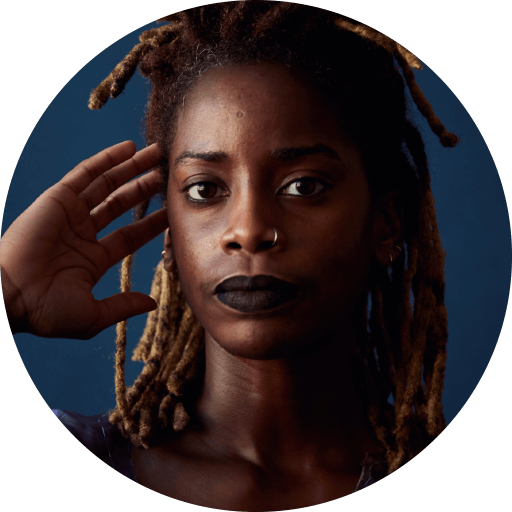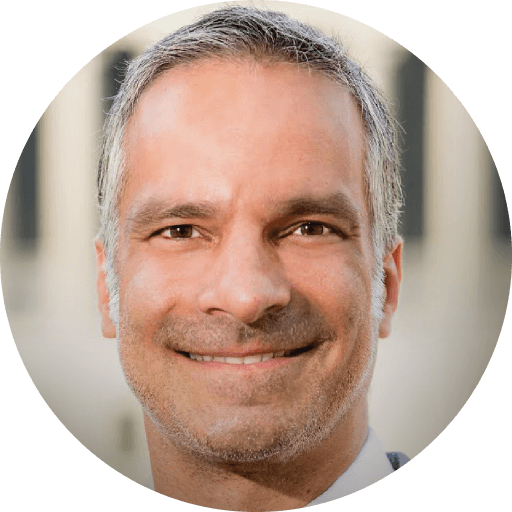Review: Sensation and Skin, in a Theater Housed in Bodies
Gia Kourlas, New York Times
Gia Kourlas, New York Times
What is a theater without theater? The choreographer Luciana Achugar, whose experiments have long involved such slippery questions, has for years explored what a utopian theater might look like in her contemporary dance works.
During the pandemic, she made a discovery: We don’t need an actual theater to have one. A theater was with us all along, in our homes, in our bodies. It didn’t matter if we were isolated or with others. A theater is empowered by intimacy; her kind of theater overflows with sensation and feeling.
All things considered, Achugar found the right sort of setting — a theater in transition — for her new piece, “Puro Teatro: A Spell for Utopia.” The vast Chocolate Factory Theater, which moved to a new location in Long Island City, Queens, this fall, is an in-between space with a raw, unfinished beauty. Even though Achugar has given it a coziness by wrapping the stage with carpet and bean bags, you can still feel its bones — and its promise for the future.
“Puro Teatro,” presented in conjunction with the Portland Institute for Contemporary Art and N.Y.U. Skirball Center for the Performing Arts, features a charismatic cast: Achugar, Molly Lieber, Antonio Ramos and Sarah White-Ayón. Setting the scene is an incantation recited by Achugar; her mouth loomed large in a close-up projected on video as she recited lines related to how we might see and feel her kind of theater: “Eyes within skin, skin within theater, theater within eyes.”
The shape of her mouth, her trance-inducing chanting, her words — an interchangeable mix of theater, skin, body, home, eyes — were hypnotic, up to a point. Gradually, her instructions became more forced: “Can you allow your eyes to breathe? Can you allow for the possibility of seeing with those eyes without concerning yourself with what it is you’re seeing?”
She encouraged us not to name what we would see, but to notice and to listen. It lasted a while; people in the front row sunk deeper into their bean bags. But Achugar, taking on the role of guide, persisted, encouraging each audience member to “allow yourself to take pleasure in the breathing.”
Onstage, the groans and sighs of the four performers grew louder. (Was that a belch?) As lights brightened the space, the performers — once a heap of bodies — expanded out across the stage, writhing with more energy as feet poked through armpits and legs bent around backs. There was much groping. It was like a game of Twister without the colorful dots.
A goal seemed obvious: to reach the corner of the stage covered in a heap of fabric where nudity followed. Rolling around in the tangled fabric and dragging it across the stage, the performers began to yank at their costumes, revealing a buttock here, a breast there. Eventually the dancers started to pat and slap their skin. Nothing was off limits as their flesh, with more and more of it exposed, turned red, as if sunburned.
All the while, the noise of it, along with live percussion by Efraín Rozas — an incredible physical presence — transformed the theater into a sonic landscape. Without clothes, the dancers’ bodies became more upright, more visible: Ramos hopped on one foot while patting the sole of his other. I wanted to laugh — he was so agile, so committed! Lieber, moving from the depths of some internal space, was her usual riveting self. When she covered her head in fabric and used her fingers to tear at her eyes, she looked like a ghost. I gasped.
But over time, as the dancers continued playing their bodies like instruments — smacking and striking the floor with their feet, hopping and skipping — the scene become increasingly monotonous. Clearly, they were experiencing sensation — their sweat, their red skin proved that they had reached some sort of transcendence through exertion. But it was all too one-sided. I never felt the theater within myself. I never felt the spell. I wanted to! In the end, they broke out of their reverie, slipping through the small crowd while dancing and singing along to La Lupe’s “Puro Teatro.” It was a sweet surprise, but it didn’t bring about enchantment.
Gia Kourlas for the New York Times – November 12, 2021





























